Market Growth Projections
The Global Bone Densitometers Market Industry is poised for substantial growth, with projections indicating a market size of 1.06 USD Billion in 2024 and an anticipated increase to 1.5 USD Billion by 2035. This growth trajectory reflects a compound annual growth rate (CAGR) of 3.21% from 2025 to 2035. The increasing demand for accurate bone density assessments, driven by factors such as an aging population and advancements in technology, suggests a robust market environment. As healthcare providers continue to prioritize preventive care, the market for bone densitometers is likely to expand, offering opportunities for innovation and improved patient outcomes.
Growing Geriatric Population
The expanding geriatric population is a key driver of the Global Bone Densitometers Market Industry. As life expectancy increases, the number of elderly individuals susceptible to bone-related disorders rises correspondingly. This demographic shift necessitates enhanced healthcare services, including regular bone density assessments. The increasing prevalence of osteoporosis among older adults underscores the need for effective screening tools. Consequently, healthcare providers are likely to invest in advanced bone densitometers to meet the demands of this growing population. The market's trajectory suggests a sustained increase in demand, particularly as the elderly population is projected to continue rising in the coming years.
Rising Awareness of Bone Health
There is a growing awareness regarding the importance of bone health, which significantly influences the Global Bone Densitometers Market Industry. Educational campaigns and initiatives by health organizations emphasize the need for regular bone density screenings, particularly for at-risk populations. This heightened awareness is likely to lead to increased screening rates, as individuals become more proactive about their health. Consequently, healthcare providers are expected to enhance their diagnostic capabilities by acquiring advanced bone densitometers. This trend aligns with the projected compound annual growth rate (CAGR) of 3.21% from 2025 to 2035, reflecting a sustained commitment to improving bone health outcomes.
Government Initiatives and Funding
Government initiatives aimed at improving healthcare infrastructure play a crucial role in the Global Bone Densitometers Market Industry. Many countries are implementing policies that promote preventive healthcare measures, including bone density screenings. Increased funding for osteoporosis research and awareness campaigns is likely to enhance access to bone densitometry services. For example, public health programs that subsidize the cost of screenings can lead to higher utilization rates among vulnerable populations. As governments recognize the economic burden of untreated osteoporosis, investment in bone health initiatives is expected to drive market growth, ensuring that more individuals receive timely and effective care.
Increasing Prevalence of Osteoporosis
The rising incidence of osteoporosis globally drives the Global Bone Densitometers Market Industry. As populations age, particularly in developed nations, the number of individuals at risk for osteoporosis increases. For instance, it is estimated that by 2024, the market will reach approximately 1.06 USD Billion, reflecting a growing awareness of bone health. This trend is particularly pronounced in regions with aging demographics, such as Europe and North America, where healthcare systems are increasingly prioritizing preventive measures. The demand for bone densitometry testing is likely to rise as healthcare providers seek to identify at-risk populations early, thereby enhancing patient outcomes.
Technological Advancements in Densitometry
Innovations in bone densitometry technology contribute significantly to the growth of the Global Bone Densitometers Market Industry. Advanced imaging techniques, such as dual-energy X-ray absorptiometry (DXA), provide more accurate and efficient assessments of bone density. These advancements not only improve diagnostic capabilities but also enhance patient comfort and reduce radiation exposure. As a result, healthcare facilities are more inclined to invest in modern densitometers. The market is projected to grow to 1.5 USD Billion by 2035, indicating a robust demand for state-of-the-art equipment that meets the evolving needs of healthcare providers and patients alike.


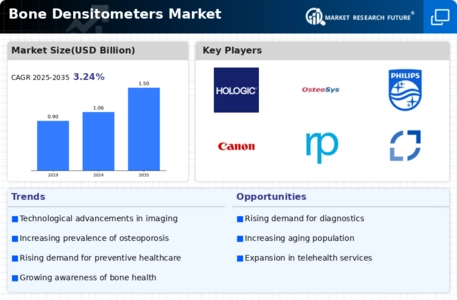

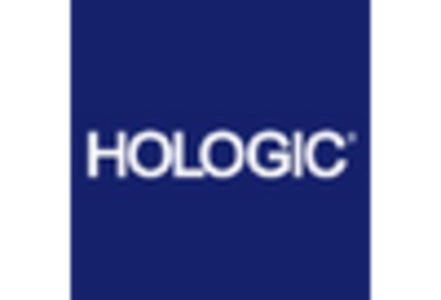
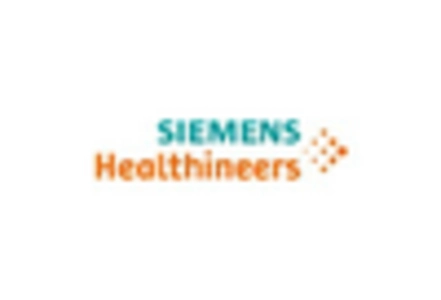
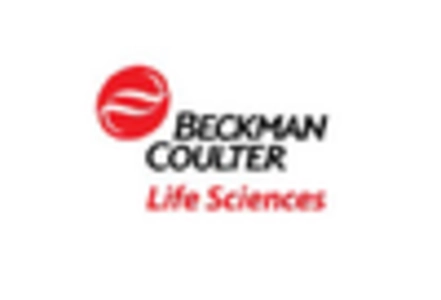
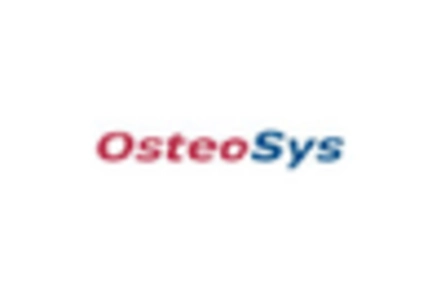
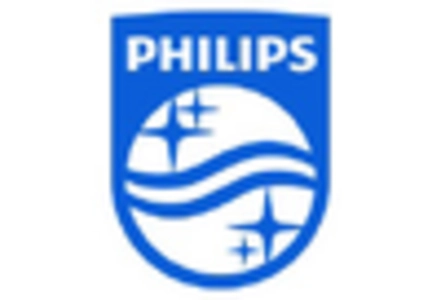
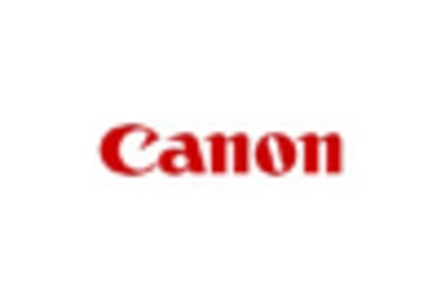
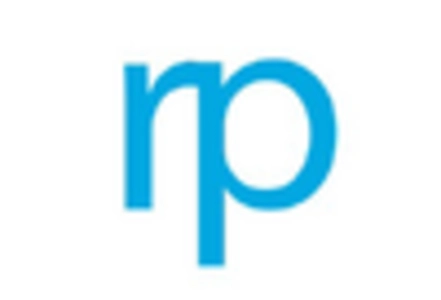
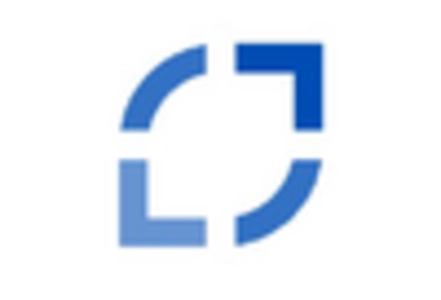








Leave a Comment